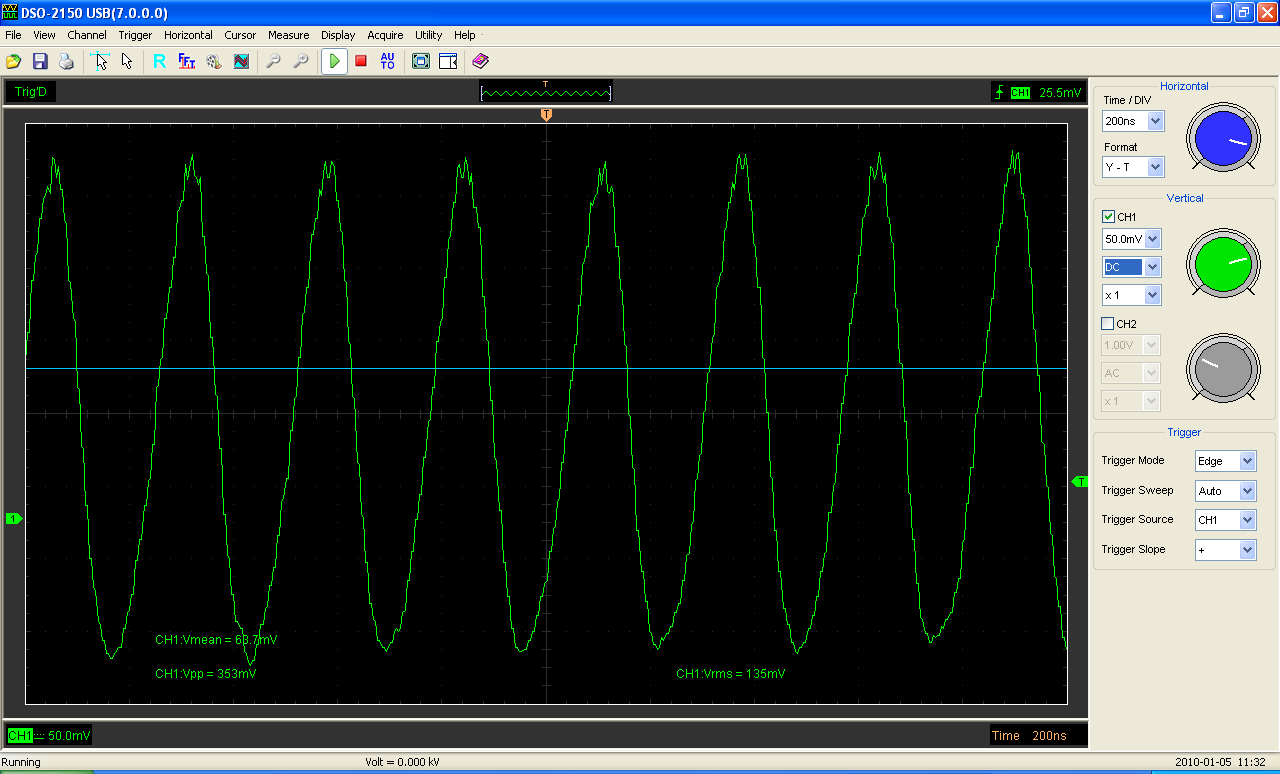Roff
Well-Known Member
I can't follow your layout, but the biggest potential problem with ground is the current through R4 and R5, which can be, IIRC, one Amp max. This current needs to return directly to the +12V supply without passing through any traces that go to amplifiers or resistors which are in the signal path. The term for this sort of system is "star ground", where all grounds return to a common point on the board, without any branches.
I will try to draw a schematic which shows this, but I'm on the road back home right now, so I may not get it done.
I will try to draw a schematic which shows this, but I'm on the road back home right now, so I may not get it done.




